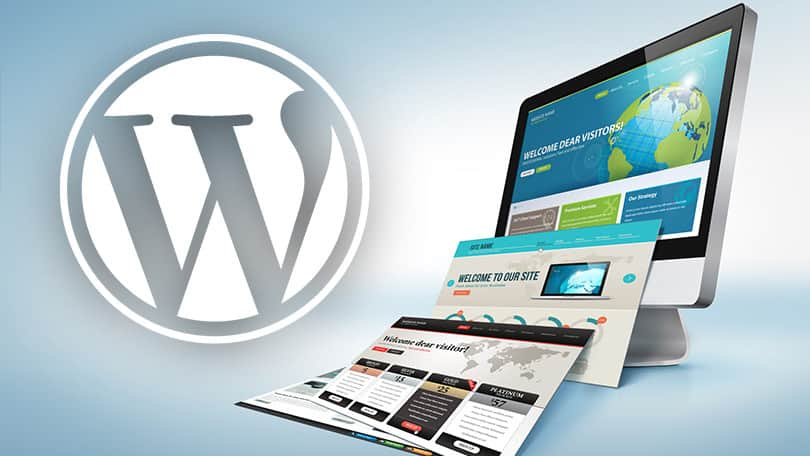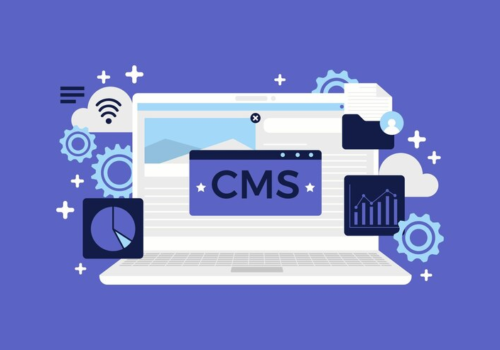Resolving WordPress Maintenance Mode Lockout
On July 10, 2023, a common yet challenging problem was highlighted: WordPress sites getting stuck in Maintenance Mode. This issue typically arises during routine updates, leaving website owners perplexed about resolving it. This article aims to demystify the process of dealing with such a scenario, ensuring minimal downtime and disruption.
The Significance of Maintenance Mode
Maintenance Mode in WordPress plays a dual role: it informs site visitors about temporary unavailability and provides crucial protection during updates. It’s important to realize that brief periods of downtime, such as those during maintenance, do not have negative SEO implications, a fact corroborated by Google.
Common Causes of Maintenance Mode Malfunctions
WordPress may occasionally become locked in Maintenance Mode due to various reasons. Common triggers include disruptions during updates of themes or plugins, closing the update browser tab too soon, or conflicts between different components of the website. Identifying these common triggers is vital for both effective problem-solving and preventive measures in the future.
Step-by-Step Guide to Exiting Maintenance Mode
To resolve this issue, the article outlines a straightforward process:
- Accessing the Site Directory: Use your hosting account’s File Manager, cPanel, or a File Manager plugin to access your site’s root directory;
- Locating and Deleting the.maintenance File: Find and remove the “.maintenance” file within the root directory. Ensure your FTP client is set to display hidden files;
- Verifying Site Status: After deletion, clear your site’s cache and verify that it has successfully exited Maintenance Mode. If the issue persists, investigate further, such as checking for plugin conflicts.
Preventative Strategies for Future Issues
To minimize the risk of future Maintenance Mode lockouts, adopt a cautious approach to updates:
- Update Individually: Avoid bulk updates; instead, update themes and plugins one at a time;
- Ensure Adequate Hosting Resources: Verify that your hosting plan provides sufficient memory and fast server response times. Consider upgrading or opting for managed WordPress hosting for enhanced performance;
- Regular Backups: Always back up your site before initiating updates. This precaution allows for quick restoration in case of any issues.
Comparison Table
| Issue | Cause | Solution |
|---|---|---|
| Maintenance Mode Activation | Routine updates or interrupted updates | Access site directory and delete “.maintenance” file |
| Prolonged Maintenance Mode | Premature browser closure or update interruptions | Verify and clear cache, check for plugin conflicts |
| Preventing Future Lockouts | Bulk updates or inadequate hosting resources | Update plugins/themes individually, ensure robust hosting |
Addressing the Issue of WordPress Favicon Not Displaying
In addition to the Maintenance Mode resolution, another frequent WordPress issue that users often face is the non-display of the website’s favicon. This section aims to provide an integrated approach for troubleshooting this common problem, ensuring a holistic understanding of WordPress site management.
- Understanding Favicon Visibility Issues: The favicon, a vital element for brand identity, sometimes fails to appear in browser tabs, impacting the site’s professional appearance and user recognition;
- Common Causes: These issues often stem from incorrect favicon file types, sizes, or improper placement in the site’s directory. Additionally, browser cache or compatibility issues can prevent the favicon from being displayed;
- Troubleshooting Steps:
- Check Favicon Specifications: Ensure the favicon file is in the correct format (ideally ICO, PNG, or JPEG) and size (typically 512×512 pixels);
- Update the Favicon: Navigate to ‘Appearance’ > ‘Customize’ > ‘Site Identity’ in the WordPress dashboard and re-upload the favicon file;
- Clear Browser and Site Cache: After updating the favicon, clearing the site’s cache and the browser cache is crucial for the changes to take effect.
- Verify File Placement: Ensure the favicon file is correctly placed in the site’s root directory or appropriately linked in the site’s header;
- Best Practices: Regularly update the favicon to keep it aligned with your brand, and ensure it is visible across all devices and browsers for a consistent user experience.
Video Guide
To answer all your questions, we have prepared a video for you. Enjoy watching it!
Conclusion
Although encountering a Maintenance Mode lockout on WordPress can be initially daunting, understanding its mechanics and resolution steps can empower website owners. With the right knowledge and tools, navigating and resolving such issues becomes a manageable task, ensuring minimal impact on your site’s functionality and visitor experience.





